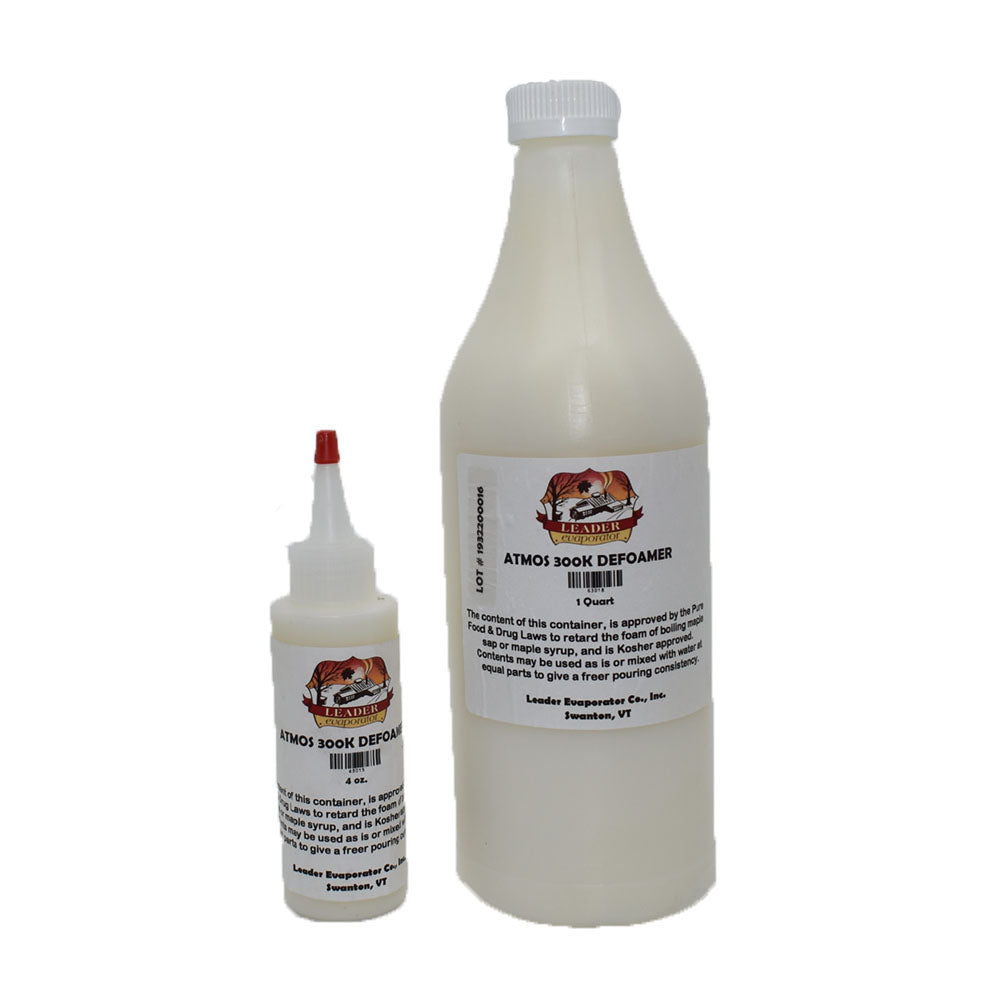Why Defoamers Are Essential in Water Treatment and Waste Management
Why Defoamers Are Essential in Water Treatment and Waste Management
Blog Article
The Function of Defoamers in Enhancing Product Quality and Performance
Defoamers serve as necessary ingredients that mitigate this problem, ensuring smoother production operations while enhancing the practical and aesthetic qualities of the last items. The selection of the suitable defoamer can be crucial to attaining optimum results, increasing vital questions concerning formula compatibility and performance metrics that merit further exploration.
Comprehending Defoamers
Comprehending the function of defoamers is essential for maintaining item high quality throughout different industries. Defoamers are chemical additives created to stop the formation and decrease of foam in fluid systems, which can detrimentally affect processes such as blending, filling, and surface stress. Foaming can lead to ineffectiveness, item defects, and compromised visual charm, making defoamers an essential part in producing procedures.
In industrial applications, defoamers help to improve product uniformity and stability. The effective use of defoamers not just ensures smoother production procedures however additionally adds to superior item performance.
Moreover, the option and solution of a defoamer should straighten with details application demands, such as compatibility with other ingredients, effectiveness under differing temperature and pH conditions, and prospective governing constraints. Eventually, comprehending defoamers' functions and their value in various solutions is important for optimizing manufacturing and making sure the best final result.
Sorts Of Defoamers
Defoamers can be categorized right into a number of types based upon their composition and system of activity. The key types consist of silicone-based, non-silicone organic, and not natural defoamers.
Silicone-based defoamers are among the most effective, largely due to their ability to spread swiftly on the fluid surface area and disrupt foam development. Their unique chemical structure permits exceptional security, making them ideal for high-temperature applications and atmospheres with differing pH levels.
Non-silicone natural defoamers, frequently made up of fatty acids or natural oils, are valued for their biodegradability and lower poisoning. These are usually made use of in food and drink applications where safety and security and environmental impact are paramount.
Not natural defoamers, that include materials like talc or calcium carbonate, act by raising the density of the fluid, thus minimizing foam stability. They are often made use of in commercial processes where compatibility with other materials is not a worry.
Each sort of defoamer has distinctive advantages and limitations, enabling tailored solutions depending upon the details frothing concerns encountered in various applications. Understanding these distinctions is crucial for maximizing efficiency and accomplishing desired item high quality.
Applications Throughout Industries
Many markets leverage defoamers to boost item top quality and functional effectiveness. In the food and beverage market, defoamers are crucial in procedures such as brewing and milk manufacturing to avoid foam development, which can result in ineffectiveness and product incongruity. By managing foam, producers can make sure far better yield and a more uniform item.
In the pharmaceutical market, defoamers play an important duty in the formula of liquid medications, where too much foam can hamper blending and exact dosing. Their usage helps preserve the integrity of the formulations and facilitates smoother manufacturing procedures.
The paint and finishings market likewise counts on defoamers to improve the efficiency of items throughout application. By minimizing foam, these ingredients ensure a smoother surface and boost the aesthetic qualities of the last item.

Advantages of Using Defoamers
While the application of defoamers differs throughout industries, their benefits consistently boost product high quality and procedure effectiveness. One considerable benefit is the decrease of foam formation throughout producing procedures, which can or else lead to production delays and inconsistencies in item quality. By lessening foam, defoamers enable a smoother circulation of products, facilitating extra efficient procedures and lowering the chance of tools malfunctions.
Furthermore, using defoamers can boost the appearance and appearance of last products. In fields such as finishes, paints, and food handling, extreme foam can jeopardize the aesthetic aesthetic appeals and total quality, while the proper defoamer application makes sure an uniform finish and preferable qualities. Moreover, defoamers can add to cost financial savings by lowering waste throughout production and maximizing using raw materials (defoamers).

Choosing the Right Defoamer
Picking the appropriate defoamer is essential for optimizing production procedures and ensuring product top quality. The selection of defoamer influences not just the efficiency of foam control yet also the overall efficiency qualities of the end product. Aspects to take into consideration consist of the type of application, the chemistry of the solution, and the ecological conditions under which the item will certainly be used.
Various markets might call for details defoamer kinds, such as silicone-based, natural, or polymeric defoamers. Understanding the compatibility of the defoamer with the key components is vital to avoid adverse responses that might endanger product visit here stability. Additionally, the defoamer's efficiency in different temperature levels and pH degrees have to be reviewed to guarantee regular efficiency.
Evaluating the defoamer in browse around here small applications can give valuable understandings into its performance and suitability. Consideration of governing conformity, specifically in food, pharmaceuticals, and cosmetics, is vital in selecting a defoamer. Inevitably, a thorough analysis of these elements will certainly result in the selection of a defoamer that not just manages foam properly however likewise enhances the top quality and performance of the end product.
Final Thought

In verdict, defoamers are important additives that dramatically enhance product high quality and efficiency across numerous markets. By efficiently minimizing foam formation, these representatives not only enhance operational performance however likewise add to the aesthetic and practical integrity of items. The strategic choice and application of defoamers bring about cost financial savings, maximized resource usage, and raised client fulfillment. Overall, the value of defoamers in industrial procedures can not be overstated, as they play a vital duty in accomplishing high-quality and regular results.
Frothing can lead to inefficiencies, item flaws, and jeopardized aesthetic charm, making defoamers a vital element in producing operations.

Report this page